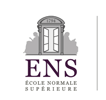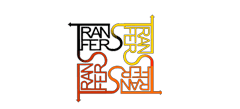Abstract
This article analyses some aspects of the Chinese-Indian exchanges, which took place in the first half of the 20th century, in the artistic circle of Calcutta and Shantiniketan, in Bengal. From the beginning of the last century, the Bengali elite was under the influence of Okakura Kakuzo’s Pan-Asian theories, in its approach to Chinese art. From the 20’s, under the auspices of Rabindranath Tagore the first direct contact between Chinese and Indian artistes took place and lasted until the 40’s. From the 30’s, the Bengali avant-garde, in its search of a new aesthetic in relation with social and political oppression found stimulation in the Chinese woodcut movement.
Recommended Citation
Nercam, Nicolas. "The Gentleman, the Craftsman and the Activist: Three Figures of the Sino-Indian Artistic Exchange in Colonial Bengal." Artl@s Bulletin 5, no. 2 (2016): Article 3.
Included in
Asian Art and Architecture Commons, Fine Arts Commons, Modern Art and Architecture Commons, Other History of Art, Architecture, and Archaeology Commons






